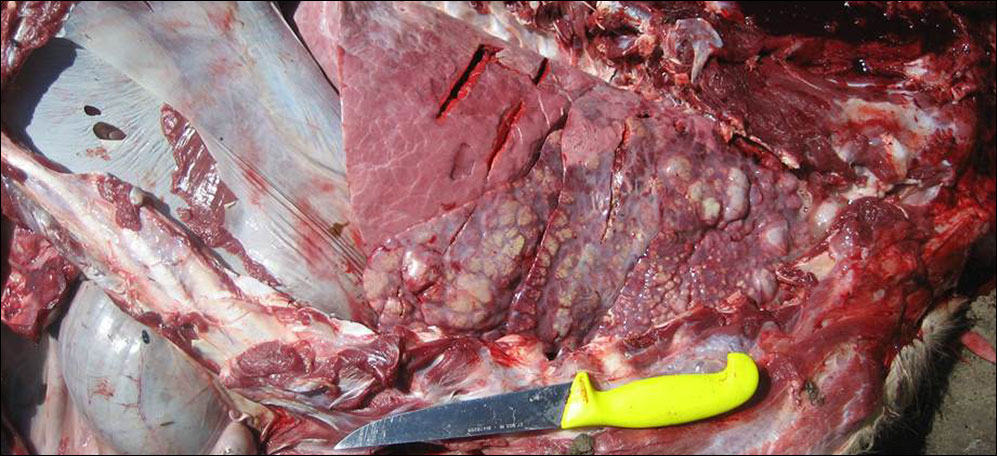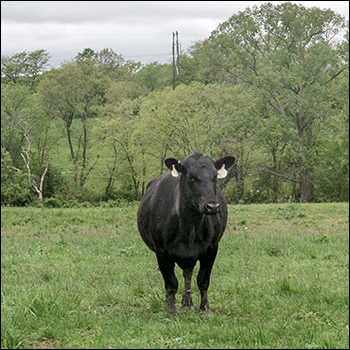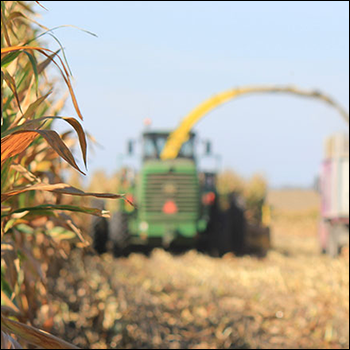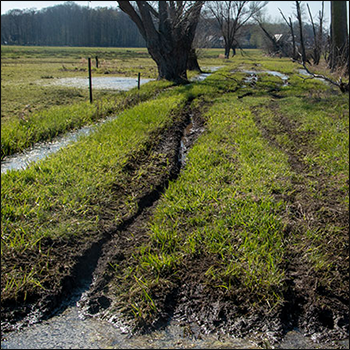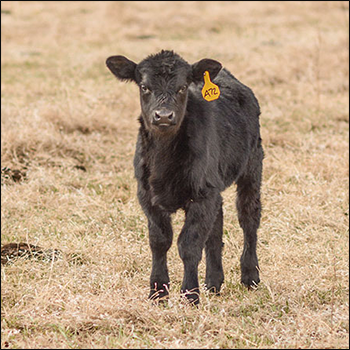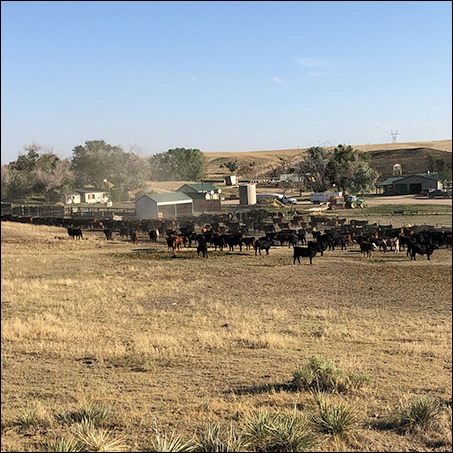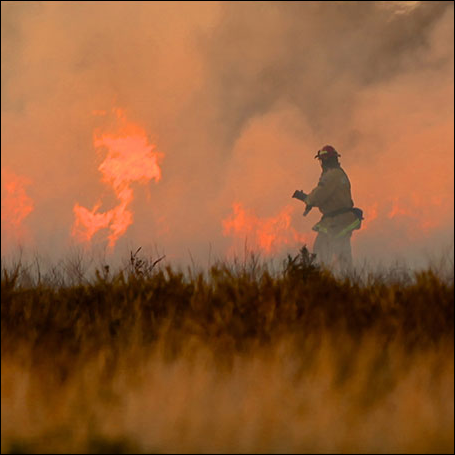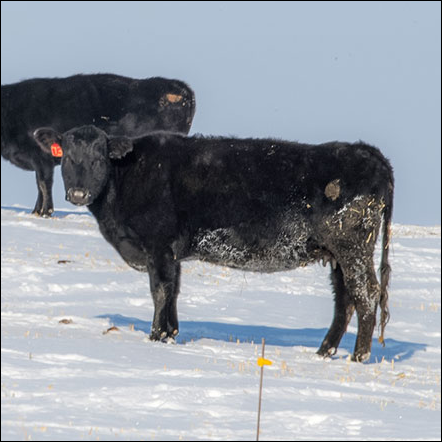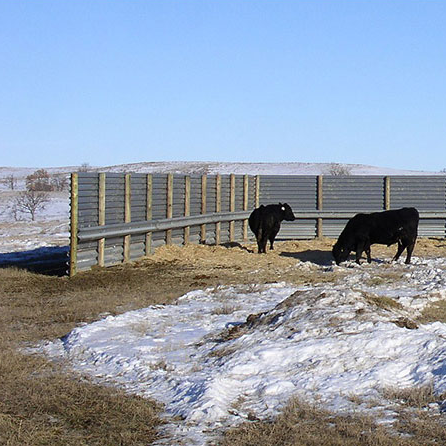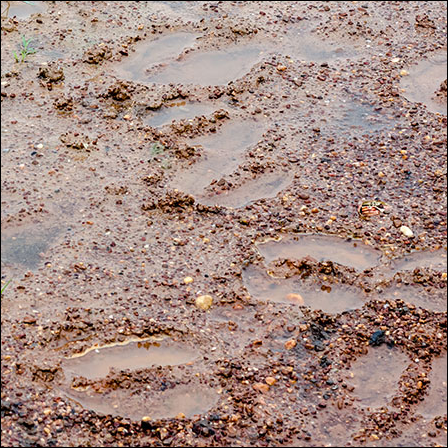Mycoplasma Bovis: An Increasingly Frustrating Challenge
Chronic pneumonias in the feedlot are often the result of M. bovis.
Mycoplasma bovis can cause many diseases, including mastitis, arthritis and pneumonia, and some cattle simply shed these bacteria without being sick.
Calves On The Ground Put Money In The Pocket
Texas A&M study aims to reduce cattle reproduction failures, economic losses.
The next crop of calves is what keeps the cattle industry in business. Knowing this, a Texas A&M University study aims to reduce reproduction failure, which can cause a significant loss to the U.S. beef industry.
Spring Calving Reminders and Best Practices
Veterinarians give tips to keep cows and calves healthy during spring calving season.
As we head into the heart of spring calving, it is important to keep in mind calving best practices for the healthiest herd possible.
“With the help of sound management decisions and good vaccination programs, we can all strive to wean every calf born live,” says Arnold Nagely, veterinarian and co-founder of Valley Vet Supply.
Green Grass Can Fool Cattle Producers
Turning out too early can cause problems for cattle and pasture.
Spring is here, on the calendar at least. Most cattle producers are ready to put the cold and snow behind them and see the pastures greening up. However, University of Kentucky beef specialist Katie VanValin urges producers not to let the green grass fool them.
Managing Mud
Pathogens lurk in mud, so mitigation keeps calves healthy.
In some parts of the country, March is the month of mud. Mud is an enemy of good health. Spring storms and unusually rainy periods can also create mud problems later in the season. If cattle lie in mud, their hair is muddy and matted and loses its insulating quality. If they stand in deep cold mud, it’s also harder to keep warm.
The Importance of Reading a Feed Tag
Know the ingredients and ratios in your feed to maximize benefits.
Walk into any feed room in any barn, and what do you see? Rows of neatly stacked bags that look very similar. It doesn’t matter what species you are feeding; the difference is in the brand. One brand might be purple and black, another green and white and another tan and orange; but bag after bag will appear to be the same — on the outside.
Keeping Calves Healthy
Veterinarians offer ways to reduce risk of calves developing, sharing scours.
The old saying “an ounce of prevention is worth a pound of cure” coined by Benjamin Franklin rings true for many of life’s situations. For cattle ranchers hoping to prevent calf scours from developing in the herd, prevention is key, according to the veterinarians at the Kansas State University Beef Cattle Institute.
